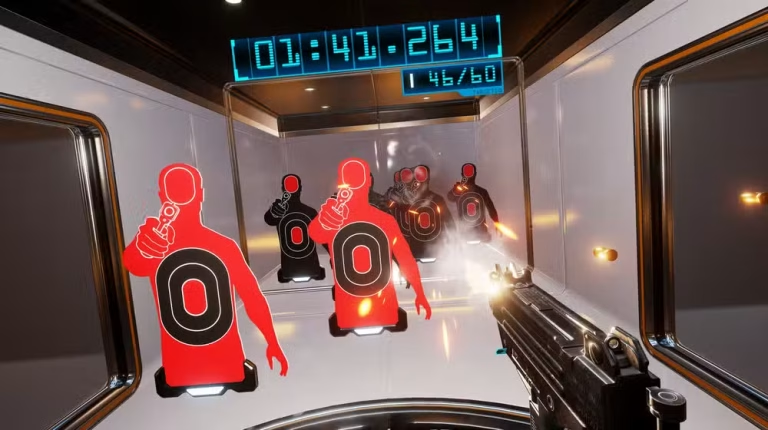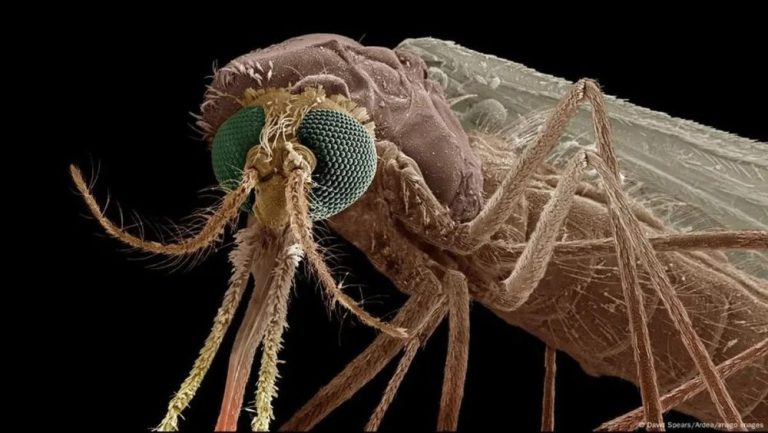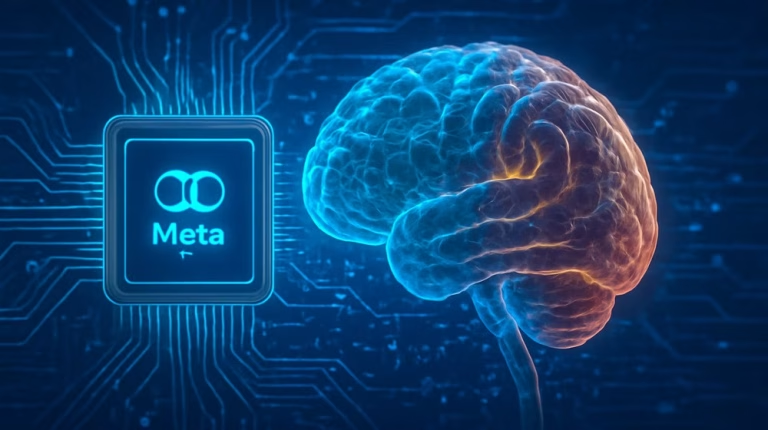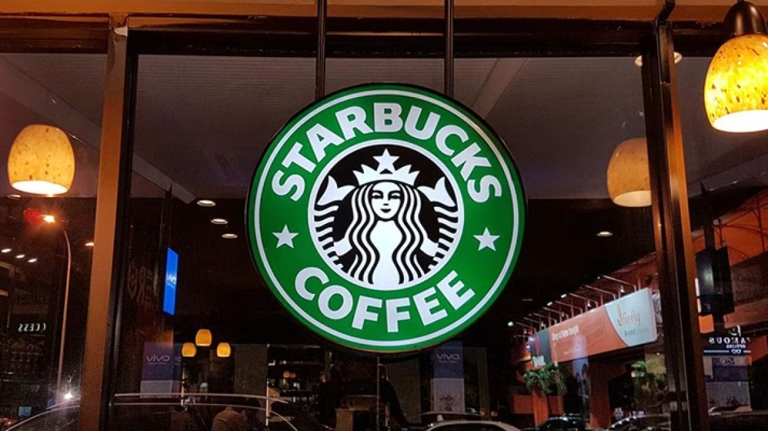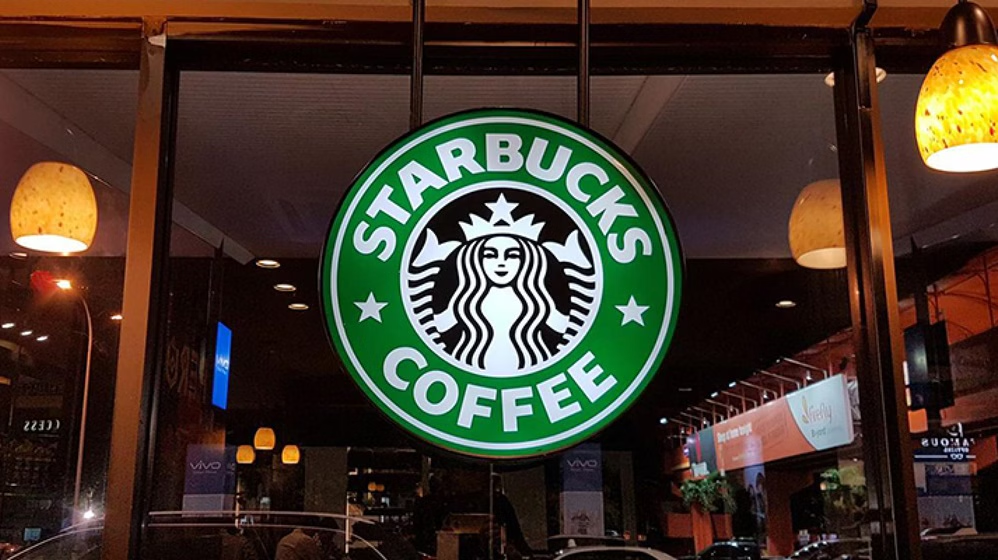
Starbucks is testing a new generative AI assistant, “Green Dot Assist,” in select locations to improve barista efficiency and streamline service. Built on Microsoft Azure’s OpenAI platform, this AI tool is designed to reduce the time baristas spend searching for information and improve overall service quality in Starbucks stores.
Green Dot Assist
Green Dot Assist provides baristas with quick, real-time answers to a variety of questions, such as how to prepare specific drinks, like an iced espresso, or troubleshoot equipment errors. Instead of consulting manuals or accessing the Starbucks intranet, baristas can now use a tablet behind the counter to interact with the AI assistant. They can type their queries or verbally phrase them in conversational language, making the process faster and more intuitive.
It’s Getting Even Smarter
While the current version of Green Dot Assist is designed to answer basic operational questions, Starbucks has more ambitious plans for the next generation of the tool. According to Deb Hall Lefevre, Starbucks’ chief technology officer, the assistant will evolve to handle more complex tasks, such as automatically creating IT tickets for equipment issues or suggesting replacement shifts when a barista is absent from work.
It will remember orders from loyal customers.
One of the most attractive features of Green Dot Assist is its ability to offer personalized recommendations, including recurring orders from loyal customers. This helps Starbucks regain its signature personalized touch while streamlining the ordering process.
AI technology is designed to complement barista skills, not replace them. By handling routine tasks, Green Dot Assist allows baristas to focus more on customer interaction, making their jobs more enjoyable and efficient.
Already in action
Starbucks has already seen success with its AI tool, with experienced baristas learning to use the new point-of-sale (POS) system in as little as one hour. The technology’s ease of use and intuitive interface have been key factors in the system’s rapid adoption, even among long-time employees.
The company plans to expand its use of the AI assistant by fiscal year 2026, as part of its ongoing effort to improve operations.
